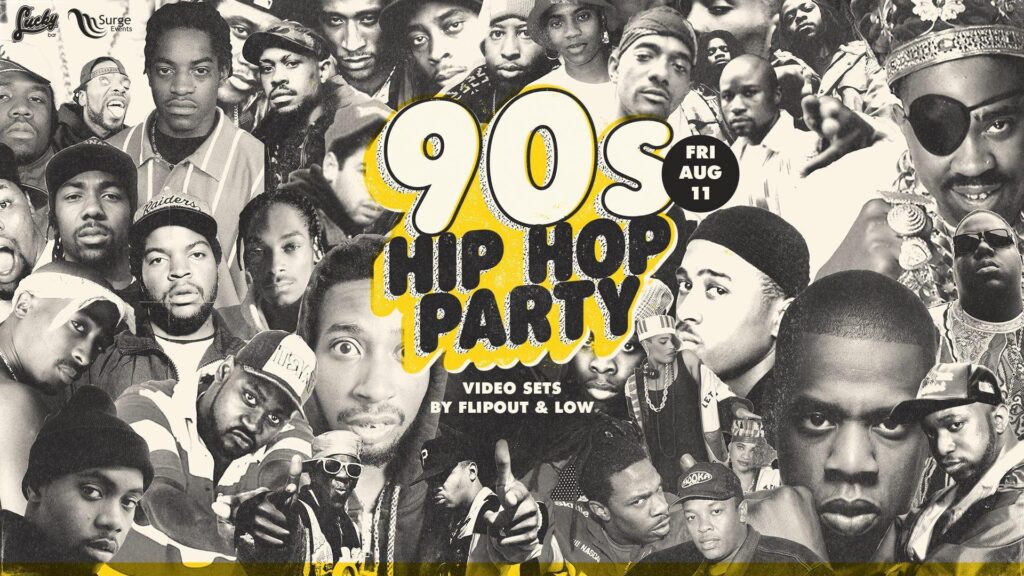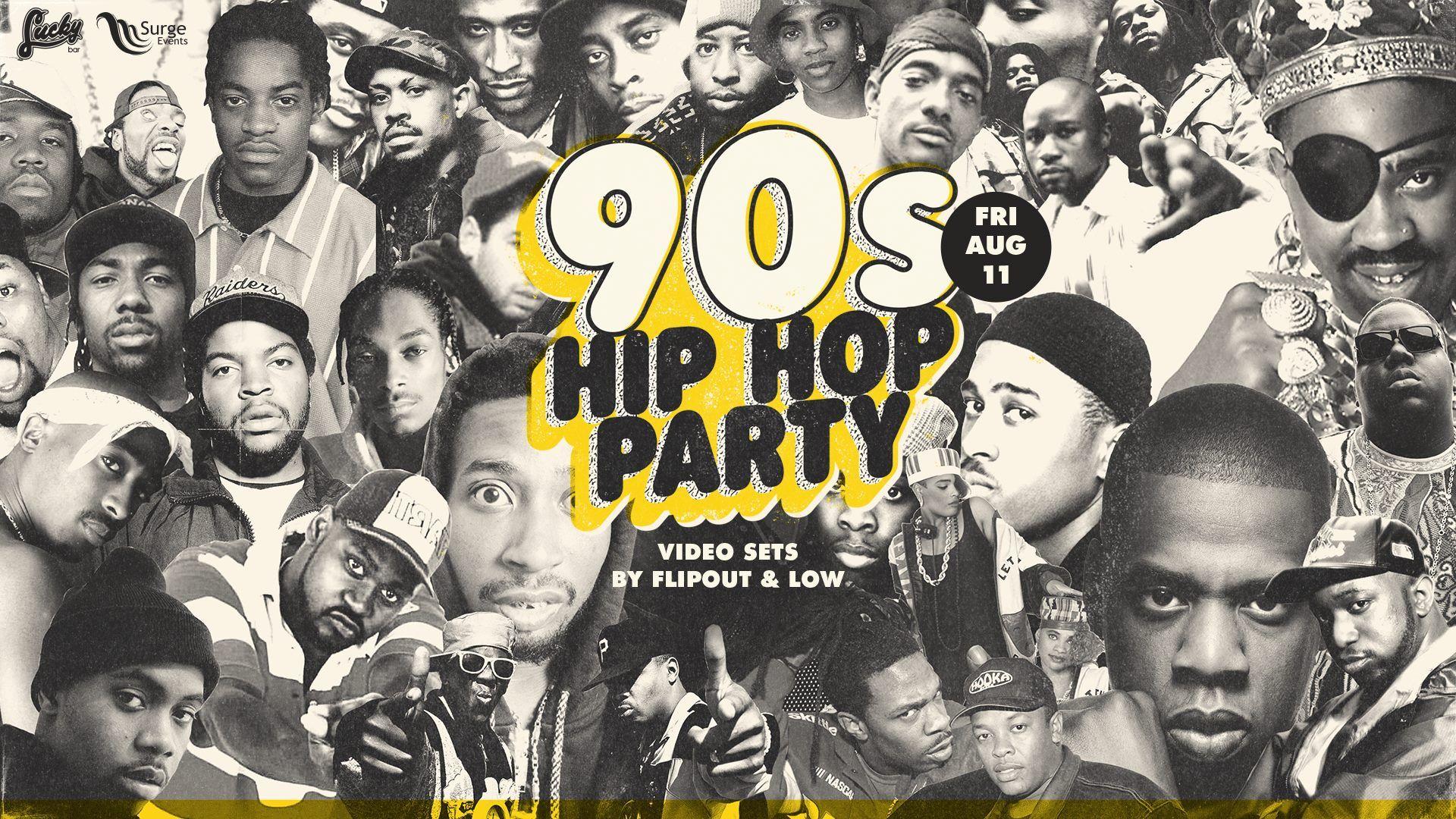
The Golden Era Continues: Exploring the Enduring Legacy of Late 90s Hip Hop
The late 90s hip hop scene represents a pivotal moment in the genre’s evolution. Building upon the foundations laid in the ’80s and early ’90s, this era saw hip hop diversify and solidify its place in mainstream culture. From lyrical dexterity to innovative production, the late 90s produced a wealth of iconic artists and albums that continue to influence music today. This article delves into the key characteristics, influential figures, and lasting impact of late 90s hip hop.
The Sonic Landscape of the Late 90s
The soundscape of late 90s hip hop was a melting pot of influences. While the gritty, sample-heavy production of the early ’90s remained prevalent, producers also began experimenting with new technologies and sounds. Synthesizers, drum machines, and more sophisticated sampling techniques allowed for greater sonic complexity. The rise of producers like DJ Premier, RZA, Dr. Dre, and The Neptunes (though their true dominance came slightly later) shaped the sonic identity of the era.
- East Coast Renaissance: New York maintained its dominance, with artists like Jay-Z, Nas, and The Notorious B.I.G. (prior to his passing) pushing lyrical boundaries and crafting intricate narratives.
- West Coast Innovation: Despite the loss of Tupac Shakur, the West Coast continued to evolve, with artists like Snoop Dogg and Ice Cube maintaining their relevance, while groups like Jurassic 5 and Dilated Peoples offered a more alternative sound.
- Southern Emergence: The South began to assert its influence, with artists like Outkast, Master P, and Goodie Mob pioneering a unique blend of funk, soul, and hip hop that would eventually dominate the charts.
Key Artists and Albums of the Era
The late 90s hip hop scene was defined by a constellation of incredibly talented artists. Here are just a few examples:
Jay-Z: From Reasonable Doubt to Hard Knock Life
Jay-Z’s rise to superstardom began in the late 90s. Albums like Reasonable Doubt (1996) established him as a lyrical force to be reckoned with, while later releases like Vol. 2… Hard Knock Life (1998) demonstrated his ability to blend street credibility with mainstream appeal. His business acumen and ability to reinvent himself cemented his legacy as one of hip hop’s most influential figures.
Nas: Stillmatic Flows
Nas continued to deliver thought-provoking and lyrically complex albums throughout the late 90s. While albums like It Was Written (1996) faced some criticism for straying from the raw authenticity of Illmatic, they still showcased his unparalleled storytelling abilities and intricate rhyme schemes. His lyrical battles, particularly with Jay-Z, became legendary moments in hip hop history.
The Notorious B.I.G.: A Legacy Cut Short
Though his life was tragically cut short in 1997, The Notorious B.I.G.’s impact on late 90s hip hop and the genre as a whole is undeniable. His posthumous album, Life After Death (1997), solidified his status as a lyrical genius and a master storyteller. His smooth flow and vivid descriptions of street life continue to inspire artists today.
Outkast: Southernplayalisticadillacmuzik to Aquemini
Outkast’s unique blend of funk, soul, and hip hop challenged the established norms of the genre. Albums like ATLiens (1996) and Aquemini (1998) showcased their experimental sound and philosophical lyrics, establishing them as pioneers of the Southern hip hop movement. Their influence on subsequent generations of artists is undeniable. [See also: A History of Southern Hip Hop]
DMX: Raw Energy and Authenticity
DMX brought a raw, unfiltered energy to the late 90s hip hop scene. His aggressive delivery and emotionally charged lyrics resonated with audiences seeking authenticity. Albums like It’s Dark and Hell Is Hot (1998) and Flesh of My Flesh, Blood of My Blood (1998) established him as a commercial and critical success.
Themes and Social Commentary
Late 90s hip hop continued to address social and political issues, often reflecting the realities of urban life. Common themes included:
- Poverty and Inequality: Many artists continued to highlight the struggles faced by marginalized communities.
- Police Brutality: The issue of police brutality remained a prominent concern, with artists using their music to protest injustice.
- Drug Culture: The impact of drug culture on communities continued to be a recurring theme, with artists exploring both the allure and the consequences of drug use.
- Black Empowerment: A continued emphasis on Black empowerment and self-determination remained a central theme.
The Rise of Independent Labels
The late 90s also saw the rise of independent labels, providing a platform for artists who didn’t fit the mold of major record companies. Labels like Rawkus Records and Stones Throw Records played a crucial role in nurturing underground talent and pushing the boundaries of hip hop. These independent ventures fostered creativity and diversity within the genre. [See also: The Importance of Independent Hip Hop Labels]
The Influence of Late 90s Hip Hop on Subsequent Generations
The influence of late 90s hip hop is still felt today. Many contemporary artists cite the artists and albums of this era as major inspirations. The lyrical dexterity, innovative production, and social commentary that defined the late 90s continue to resonate with audiences. The era’s impact can be seen in:
- Lyrical Style: The complex rhyme schemes and storytelling techniques of artists like Nas and Jay-Z continue to influence contemporary rappers.
- Production Techniques: The sample-heavy production and innovative use of synthesizers pioneered in the late 90s remain influential.
- Fashion and Culture: The fashion trends and cultural attitudes associated with late 90s hip hop continue to be referenced and reinterpreted.
The Enduring Legacy
The late 90s hip hop era was a period of significant growth and innovation. It built upon the foundations of the past while paving the way for the future. The artists, albums, and themes of this era continue to resonate with audiences today, solidifying its place as a golden age of hip hop. The legacy of late 90s hip hop serves as a testament to the enduring power and influence of the genre. Exploring the music of late 90s hip hop is like taking a trip back to a time when creativity flourished and the culture was vibrant. The sounds of late 90s hip hop can still be heard in today’s music, proving its lasting impact. Understanding late 90s hip hop helps to better appreciate the evolution of the genre. The impact of late 90s hip hop is undeniable, shaping the sound and style of future generations. Many consider late 90s hip hop to be the peak of lyrical content. The energy and innovation of late 90s hip hop are still felt today. The themes explored in late 90s hip hop continue to be relevant. The sounds of the late 90s hip hop scene are nostalgic for many fans. The influence of late 90s hip hop extends beyond music, impacting fashion and culture. Discovering late 90s hip hop is a journey into the heart of the genre’s golden age.
